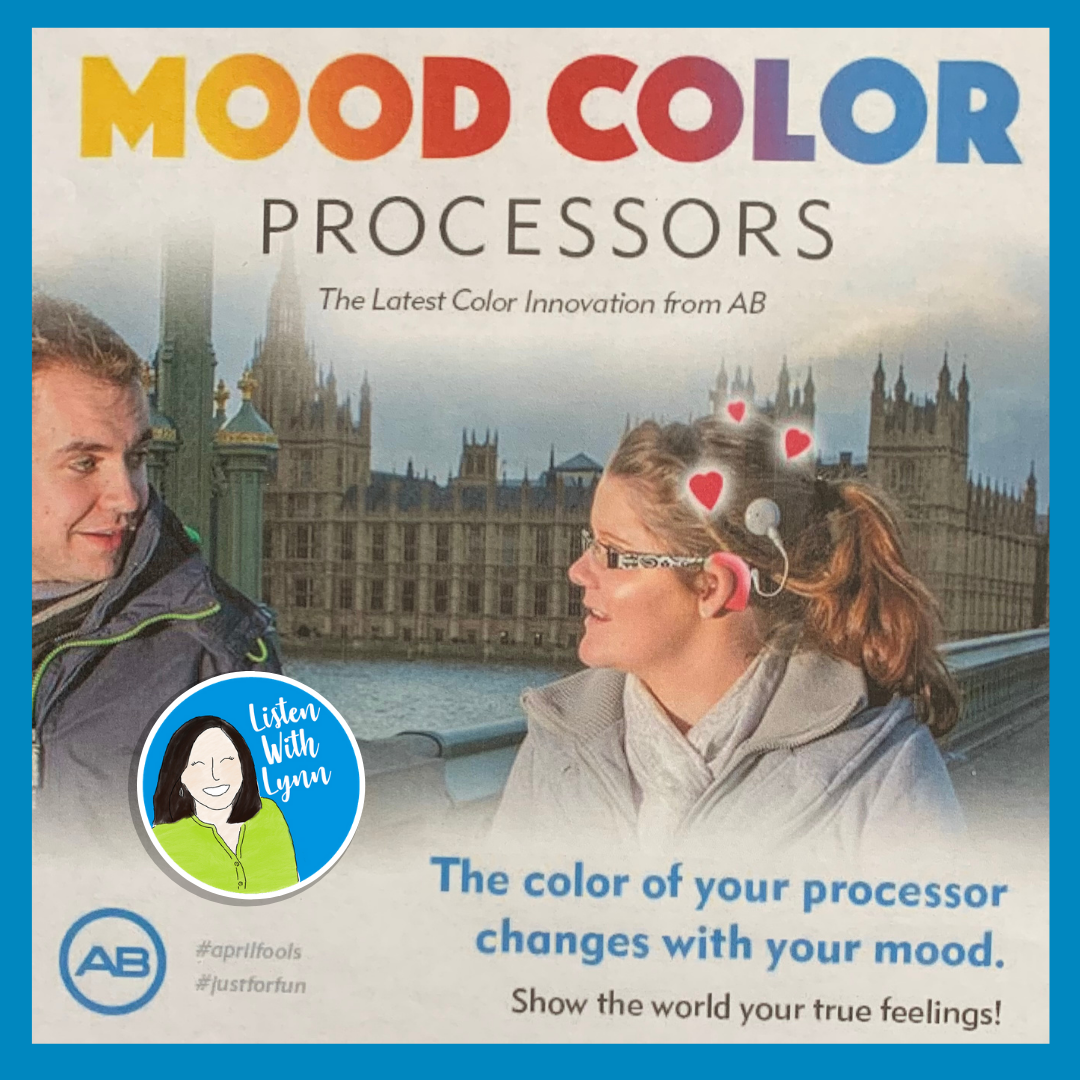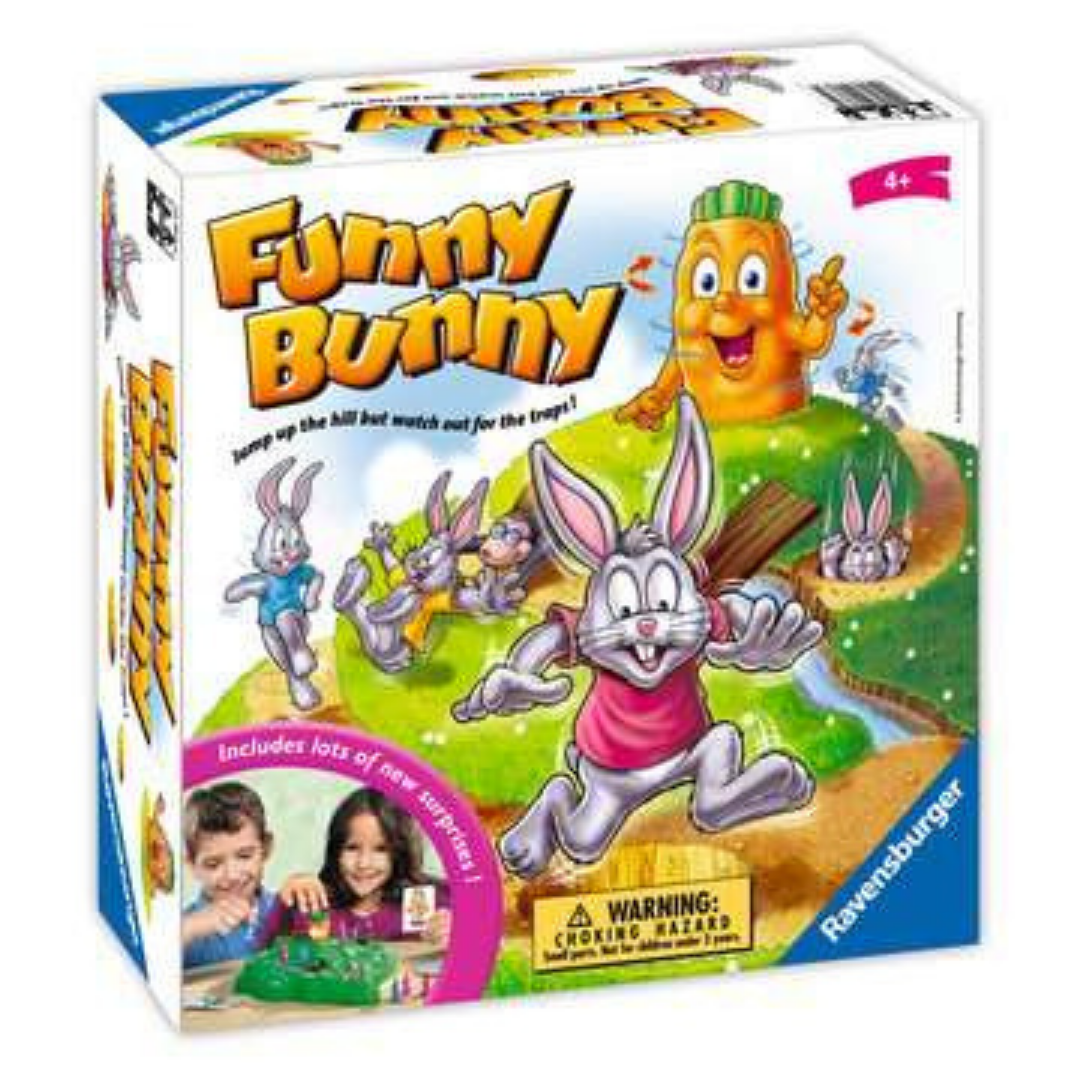Auditory Egg Hunt with eggs that talk and call out* to give hints of their hiding spots.
Here's how to play:
➼ Hide the noise-making toy eggs.
➼ Ask, WHAT do you hear?
➼ Then, WHERE is the sound is coming from?
✧ Keep the choices simple. "Do you hear the sound near the windows or closer to the fireplace?"
✧ It is so much easier to "look and find" so this Little Listener chose to wear the no-peeking mask. He found all the eggs by localizing and through hearing alone. ❤ This took practice and is a challenging task for many.
Sound Localization
The ability to localize sounds develops over time. The earlier your child has received their bilateral cochlear implants/hearing aids, the sooner they will start picking up sound cues and gains valuable experiences localizing sounds.
Tips For Children Learning To Locate Sound Sources
- Using two different musical toys, hidden from the child’s view, locating one to the left of the child and one to the right side of the child. Then, make a sound with each instrument in varied sequence, ask your child to identify which instrument is on which side. You can do this with Mom's vs. Dad's voice as well.
- At the dinner table or while playing games help your child locate who is speaking. Your entire family can help the child learn to locate and follow the natural flow of conversation.
- Playing hide-and-seek indoors (e.g. room or house), hiding yourself, and calling out to your child to find you. This task may be varied by taking turns between hiding and searching
- Games in a group, such as “Blindman’s Buff ” or “I Spy” (with sounds), and hand-clapping games are ideal for practicing sound localization in a playful way.
Safety and Sound Localization
Teach your child that is deaf or hard of hearing to be extra alert visually in crowds, walking near cars, crossing streets, riding bicycles, and in group games. Remind your child to look for traffic and not to depend on hearing oncoming vehicles. If your child rides a bicycle, consider rear-view mirrors to help him see traffic he might not hear.
Localization GOAL with Benchmarks
GOAL: Child will auditory locate with bilateral cochlear implants or hearing aids:
- a sound presented at ear level within a 3-foot radius in front or on either side
- a sound presented at ear level within a 6-foot radius from behind
- understand and verify gross, environmental, music, or speech sounds within 9 feet, then 12 feet, and finally, within the same room in all directions.
- Understand sounds with a specific location or direction outside.
* JoJo & Friends Electronic Easter Egg Hunt by Ouaps Company




















